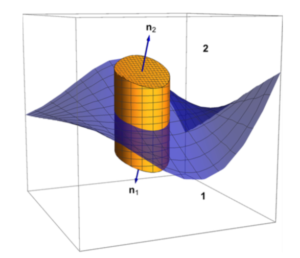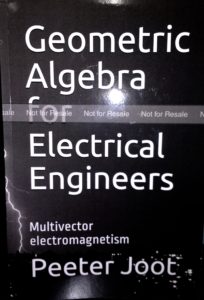My book, “Geometric Algebra for Electrical Engineers” is available as a free PDF here on my website, but also available in color ($40) and black-and-white ($12) formats on amazon. Both versions are basically offered close to cost, should the reader be like me, preferring a print copy that can be marked up. In fact, I made it available initially just so that I could get a cheap bound copy for my own use that I could mark up myself.
I noticed today that amazon now hides the cheapest version of my book, and seems shows the price of a reseller first. For example, if you click the link to the $12 black-and-white version, it now appears that the book is selling for $13.01
but if you click on “Other Sellers”, the kindle-direct (print on demand) version that amazon offers itself hides further down in the list of sellers. The version that I’m selling directly through amazon.com is third on the list, despite it being the cheapest:
I guess that I’ve priced the black-and-white version of the book so low, that there are resellers that are willing to try to make some profit selling their own copies. Do they depend on amazon giving them preferential listing order to make those sales? I wonder how many of the people who have bought my book have ended up accidentally paying a higher price, using one of these resellers?
It does not appear that any resellers have played this game with the color version of the book, which has a higher price point. I’m curious now to look at the sales stats for the two variations of the book to see how many of each version are selling (hardly any in either case, as the subject matter is too esoteric, but it was actually enough over the whole year that I did include the revenue on my income taxes.)



